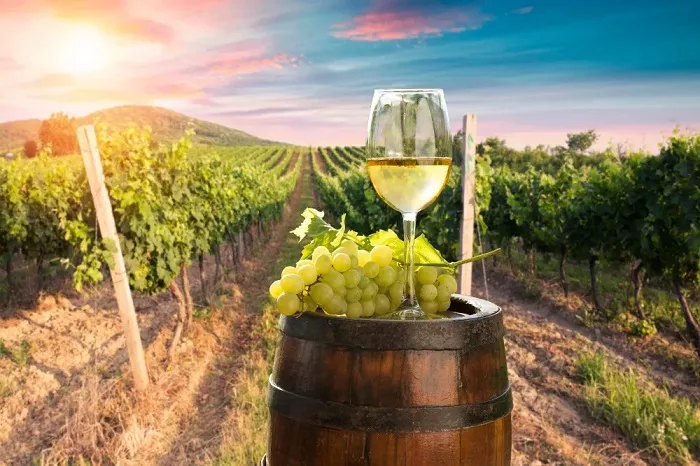At a high-profile launch event in Paris’ Grand Palais, Louis Roederer managing director Frédéric Rouzaud introduced the 2018 Brut Nature Blanc and Brut Nature Rosé, describing the release as “the Champagne of tomorrow.” The statement encapsulates the house’s vision as it navigates a warming climate and evolving viticultural practices.
The 2018 vintage marks the fifth release in the Brut Nature series, following previous editions in 2006, 2009, 2012, and 2015. While the regular three-year intervals between vintages may appear deliberate, Louis Roederer attributes the selections purely to the warmer conditions those years offered—an increasingly critical factor amid climate change.
Chief winemaker Jean-Baptiste Lécaillon emphasized the strategic shift required in Champagne production today. “Every edition, we change the farming, the canopy management—we need to mitigate climate change. It’s not about revealing terroir,” he noted. “What was once 100 days is now 85. We used to fight for ripeness, now we fight for freshness—it’s a different exercise.”
In essence, Brut Nature functions as a testing ground for viticultural adaptation. The upcoming 2025 vintage will again include a Brut Nature cuvée, with Lécaillon confirming an August harvest is planned. In contrast, 2024 has been deemed unsuitable due to its cooler, wetter cycle.
The Rosé version of Brut Nature debuted with the 2012 vintage, spurred by a request from renowned designer Philippe Starck, who conceived the wine’s minimalist visual identity. Initially envisioning a “grey wine,” Starck was persuaded to opt for a rosé. Since then, the Rosé has appeared in the 2015 and 2018 releases.
Produced using the infusion method, Brut Nature Rosé begins with the cooling of de-stemmed berries to encourage subtle color extraction without initiating fermentation. This juice is then blended with white grape must and vinified. For the 2018 vintage, red grapes were harvested on August 28, five days ahead of the white varieties, to allow a head start on infusion.
Tasting notes from the 2015 Blanc and Rosé suggest the 2018 wines are built for longevity, supported by firm acidity. Lécaillon, however, advocates serving them at slightly higher temperatures than traditional Champagnes, noting they behave more like still wines with bubbles. “The bitterness is not the same, everything is amplified,” he explained.
Unlike Roederer’s flagship Cristal—crafted through the micro-vinification of 45 distinct plots—Brut Nature is a field blend from a single 10-hectare site in Cumières. The vineyard’s southern exposure and clay-rich soils promote ripeness while mitigating water stress through cover cropping.
The 2018 vintage also includes a small proportion of Pinot Blanc, chosen for its juicy profile to compensate for the wine’s zero dosage. Beginning with the 2022 vintage, two additional varieties—Petit Meslier and Arbane—have been incorporated to enhance acidity.
Minimalism was the prevailing theme during the Grand Palais presentation. The wine’s stripped-down aesthetic, featuring printing directly on the bottle with no label, was designed to evoke “inner joy,” according to Starck. This visual simplicity aims to let the wine’s character speak unimpeded.
Louis Roederer is not alone in experimenting with lesser-known grape varieties, but its decision to embrace heat in the crafting of a prestige cuvée stands apart at a time when cooler expressions are gaining favor. As Champagne faces an increasingly warm future, the house’s experience with Brut Nature may soon prove indispensable.
You Might Be Interested In:


